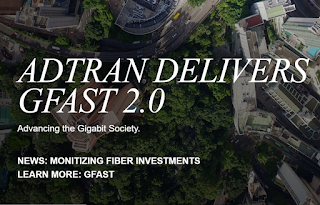Google Cloud Platform introduced several additions to its enterprise networking portfolio.
Cloud NATBeta - a Google-managed Network Address Translation service that lets enterprises provision application instances without public IP addresses while also allowing them to access the Tnternet for updates, patching, config management in a controlled and efficient manner. Outside resources cannot directly access any of the private instances behind the Cloud NAT gateway, thereby helping to keep your Google Cloud VPCs isolated and secure.
Firewall Rules LoggingBeta - allows enterprises to audit, verify, and analyze the effects of firewall rules. For example, it provides visibility into potential connection attempts that are blocked by a given firewall rule. Logging is also useful to determine that there weren't any unauthorized connections allowed into an application. Firewall log records of allowed or denied connections are reported every five seconds, and can be exported to Stackdriver Logging, Cloud Pub/Sub, or BigQuery.
Managed TLS Certificates for HTTPS load balancersBeta - load balancing customers can now deploy HTTPS load balancers, Google taking care of provisioning root-trusted TLS certificates for you and manage their lifecycle including renewals and revocation.
https://cloud.google.com/blog/products/networking/simplifying-cloud-networking-for-enterprises-announcing-cloud-nat-and-more
Cloud NATBeta - a Google-managed Network Address Translation service that lets enterprises provision application instances without public IP addresses while also allowing them to access the Tnternet for updates, patching, config management in a controlled and efficient manner. Outside resources cannot directly access any of the private instances behind the Cloud NAT gateway, thereby helping to keep your Google Cloud VPCs isolated and secure.
Firewall Rules LoggingBeta - allows enterprises to audit, verify, and analyze the effects of firewall rules. For example, it provides visibility into potential connection attempts that are blocked by a given firewall rule. Logging is also useful to determine that there weren't any unauthorized connections allowed into an application. Firewall log records of allowed or denied connections are reported every five seconds, and can be exported to Stackdriver Logging, Cloud Pub/Sub, or BigQuery.
Managed TLS Certificates for HTTPS load balancersBeta - load balancing customers can now deploy HTTPS load balancers, Google taking care of provisioning root-trusted TLS certificates for you and manage their lifecycle including renewals and revocation.
https://cloud.google.com/blog/products/networking/simplifying-cloud-networking-for-enterprises-announcing-cloud-nat-and-more




















